The Independent's journalism is supported by our readers. When you purchase through links on our site, we may earn commission.
Fashion Revolution Week: What was the Rana Plaza disaster and why did it happen?
Tragedy claimed the lives of 1,134 people and injured more than 2,500
Seven years ago, the glamorous facade of the global fashion industry was shattered following the collapse of the Rana Plaza factory in Bangladesh.
The catastrophe thrust the subject of ethical fashion into the spotlight; making headline news across the world as details of the disaster forced a long overdue reckoning for fast fashion.
Rana Plaza sparked an international conversation around the social impact of the fashion industry and the formation of Fashion Revolution – a non-profit organisation committed to enacting genuine change.
But, what exactly happened on that day in 2013, and how much has actually changed since? Here is everything you need to know.
What was Rana Plaza?
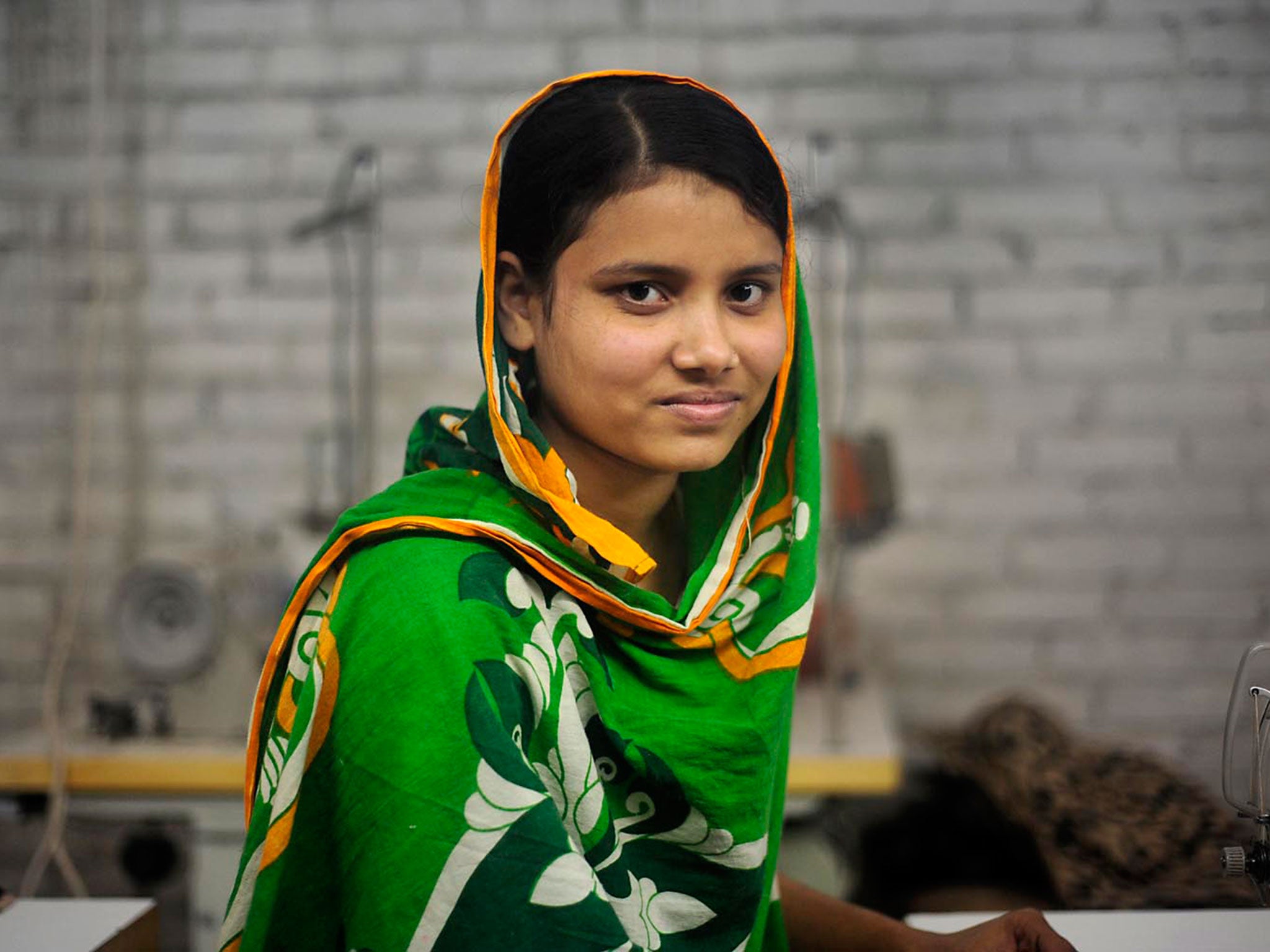
Rana Plaza was a building that contained multiple clothing factories, located on the outskirts of Dhaka in Bangladesh.
Workers at the garment factory manufactured items for major fashion outlets including Benetton, Bonmarché, The Children’s Place, Joe Fresh, Mango, Matalan and Primark.
The lower portions of the building also contained shops, a bank, and some apartments. The factory was reported to have cracks in the walls and there had been multiple warnings that it was unsafe, yet employees were still forced to go to work, regardless.
What happened at the factory?
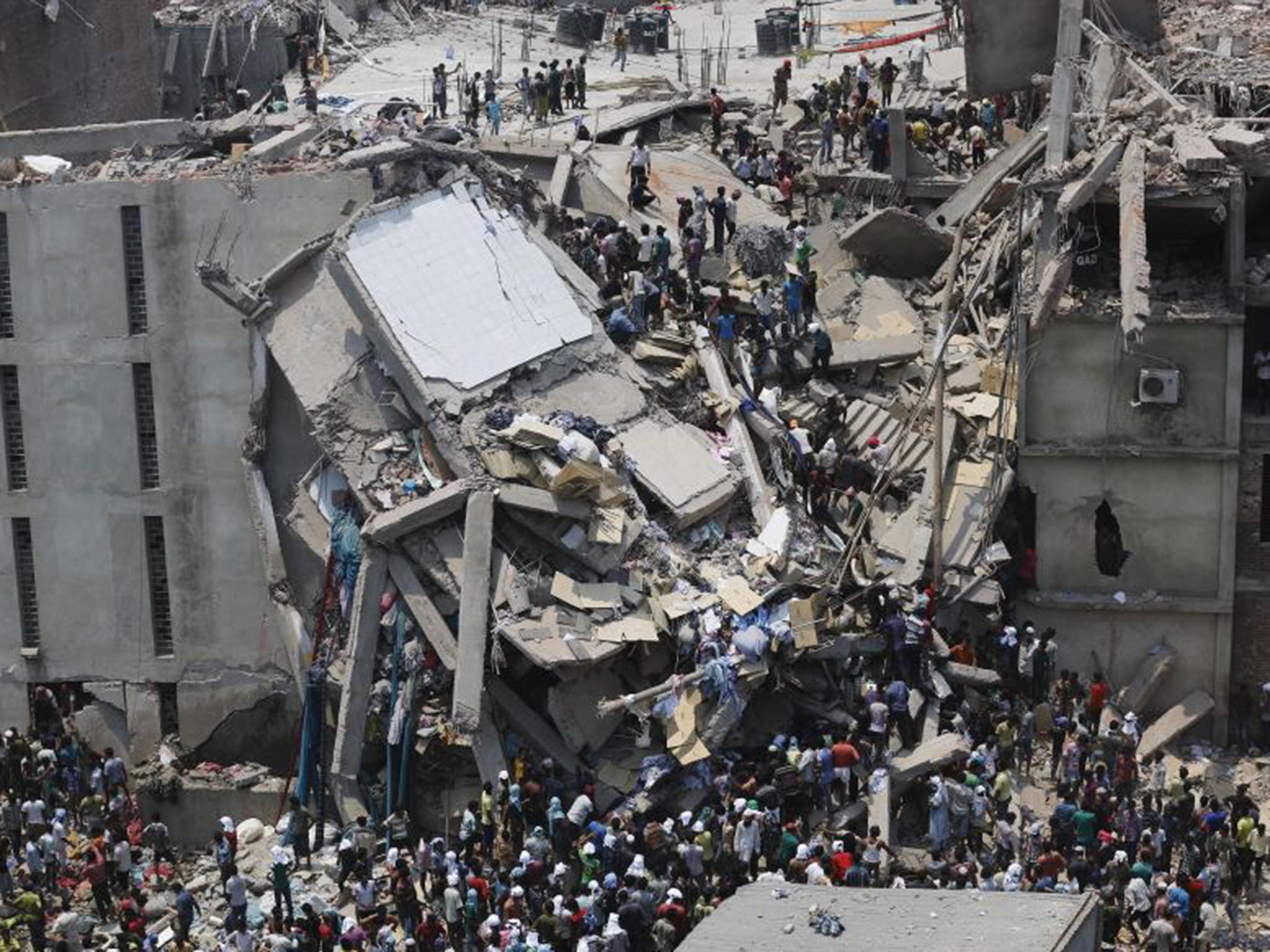
On 23 April 2013, attention was drawn to cracks in Rana Plaza, causing evacuation, closure and a warning to avoid the building.
Sohel Rana, the owner of the building, reportedly later stated that it was safe to return to and threatened to withhold pay from anyone who refused to return to work.
The next day, on the morning of 24 April, the building collapsed with more than 3,000 people inside.
Local search and rescue teams quickly got to work, recovering workers from the rubble.
The collapse killed a total of 1,134 people and injured more than 2,500, most of whom were women and children. Many of the survivors, who had been trapped under tons of rubble and machinery for hours or even days, had to have their limbs amputated.
What caused the building to collapse?
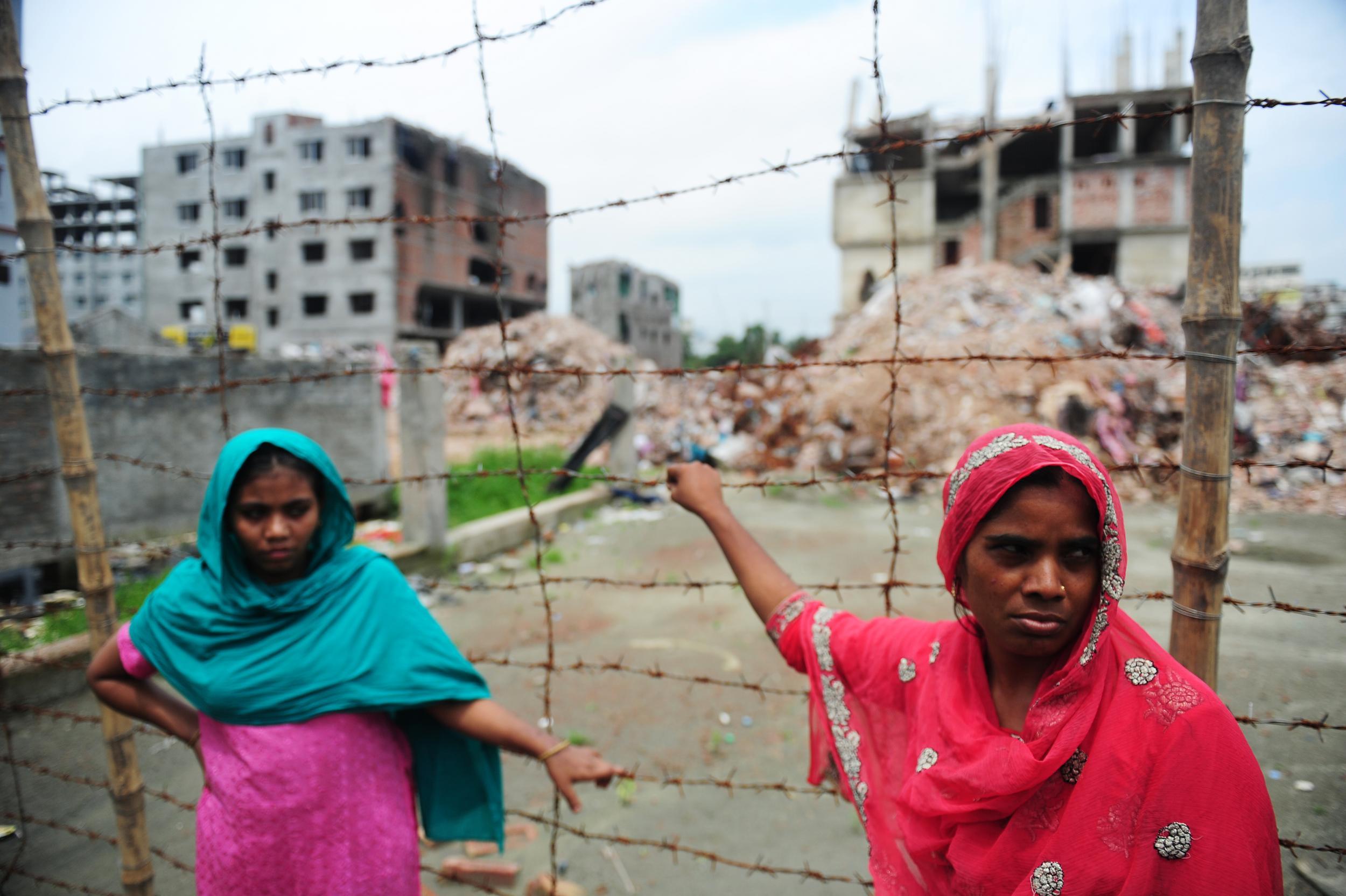
The collapse of Rana Plaza shone a spotlight on the appalling working conditions so many of our clothes are made in.
According to the Bangladesh Fire Service & Civil Defense, the upper floors of the building were built without a permit, and were structurally unsafe.
The building’s architect also stated that the building was designed for shops, and could not facilitate the weight and vibrations of factory machinery.
Much of the blame was placed on the negligence of Mr Rana, who was accused of placing profits over the value of human safety and life.
However, retailers were also held accountable over a lack of diligence to monitor the capacity of their suppliers, safety standards and wages paid.
How did people respond to the disaster?
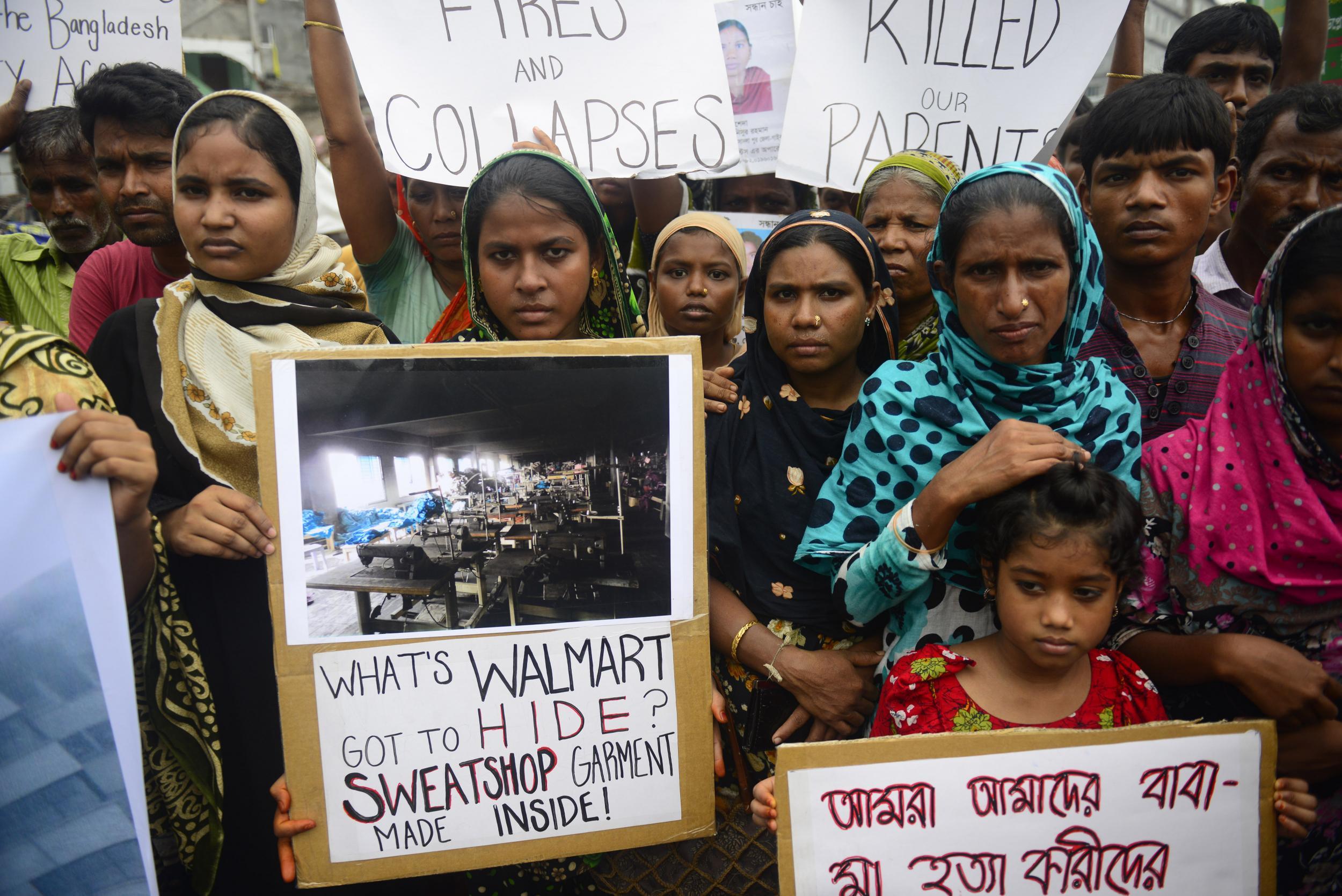
The incident generated an international outcry about workers’ safety, workplace conditions and labour rights, resulting in extensive coverage in international media.
The public interest and media attention resulted in more political pressure than ever before to change.
A case was filed against the building owner and the garment factories, with arrests issued.Eventually, 18 people, including Mr Rana, were charged for violating building codes at Rana Plaza.
Approximately 250 companies signed two initiatives, the Accord on Fire and Building Safety in Bangladesh, and the Alliance for Bangladesh Worker Safety, both of which were designed to improve safety dramatically in 2,300 factories supplying western brands.
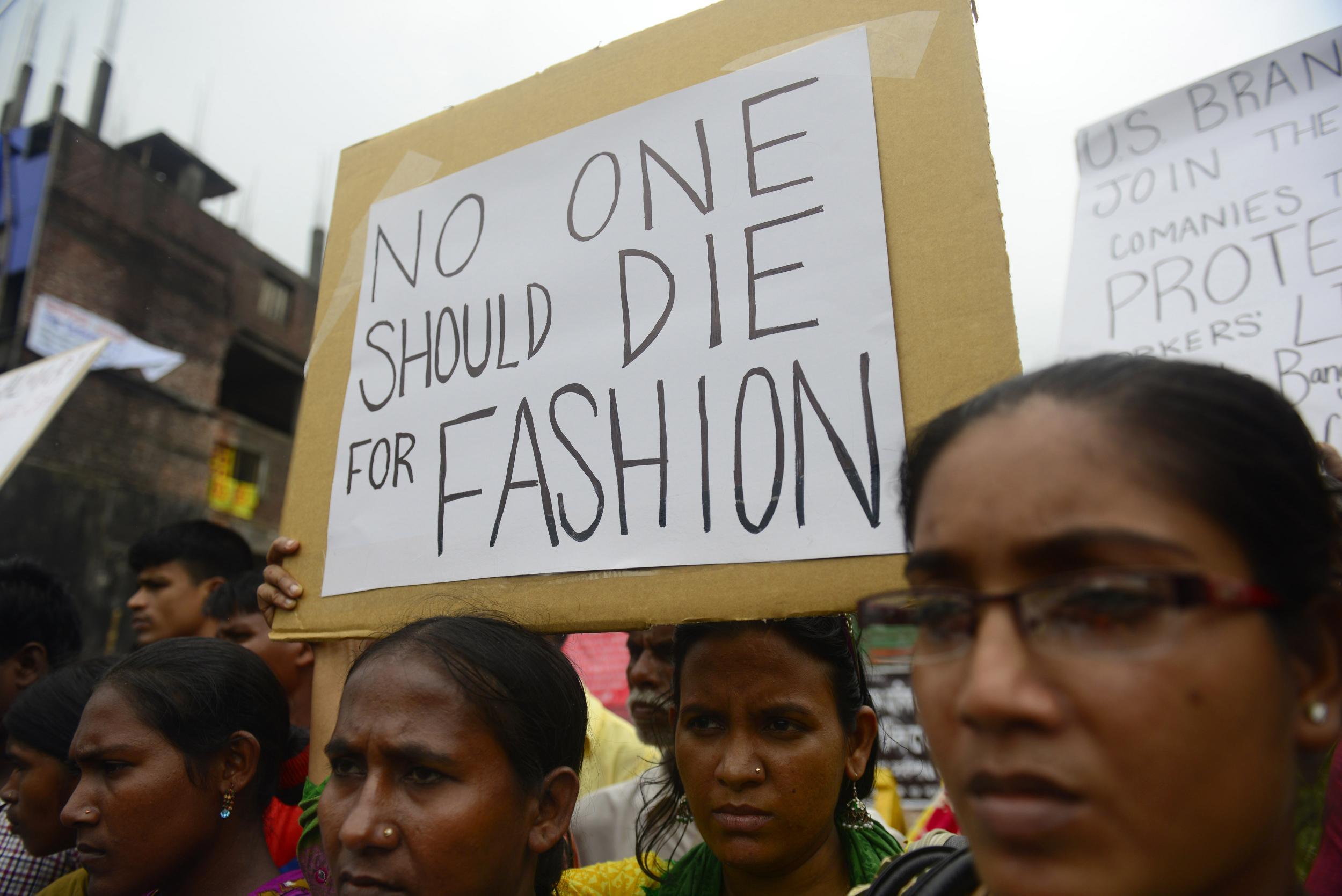
Thousands of workers also protested for safer working conditions, while global consumers expressed their anger at the lack of responsibility of retailers.
The disaster also mobilised the launch of Fashion Revolution, a non-profit organisation which calls on consumers to demand a fairer and more transparent industry.
The campaign began by adopting a simple hashtag #WhoMadeMyClothes? to encourage shoppers to ask more questions and for retailers to do more to seek out sustainable solutions.
What more can be done?
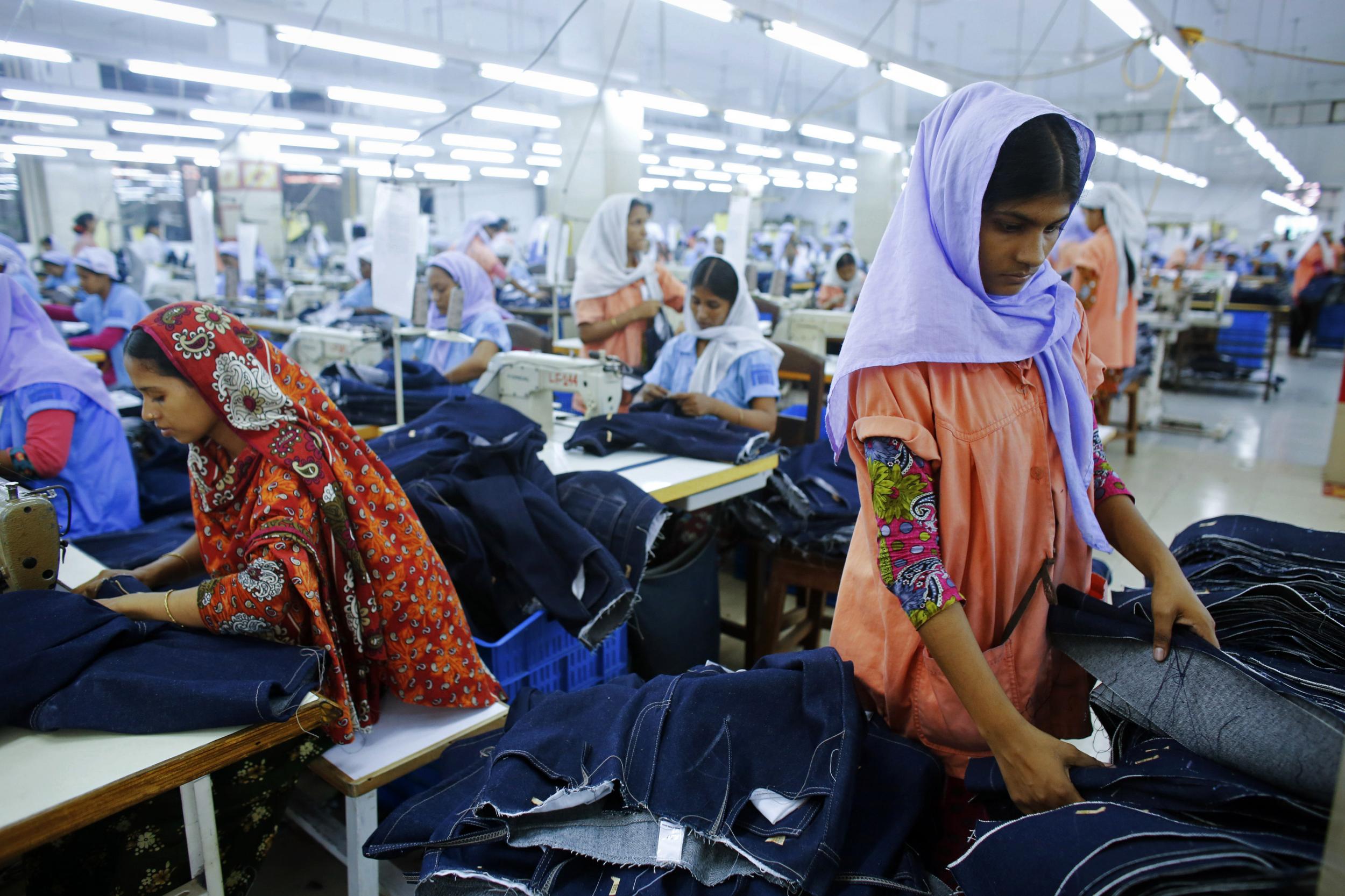
While there have been some successes, and ethical fashion brands are rising in popularity, there is still work to be done.
“Since Fashion Revolution began, people from all over the world have used their voice and their power to demand change from the fashion industry. And it’s working. The industry is starting to listen,” Fashion Revolutions states on its website.
“But the story is far from over. We are only just getting started. We can’t stop until every worker who makes our clothes is seen, heard and paid properly and the environments they live and work in are safe.
“We can’t stop until the culture of consumption is changed and we learn to love and appreciate our clothes and the people that made them.”
ActionAid – an international organisation that works with women and girls living in poverty – agrees, adding that despite the international outcry following the building collapse at Rana Plaza, more than half of survivors remain unemployed due to the physical injuries and psychological impact of the disaster.
The charity, which provided emergency relief following the tragedy and campaigns on women’s rights in the labour market, tracked 1400 Rana Plaza survivors between 2013 and 2019 and found that:
- 20.5 per cent said that their physical health condition is getting worse
- 51 per cent remain unemployed due to their physical injuries and poor mental health
- Of the unemployed survivors: 74 per cent could not get back to work due to physical injuries and 27 per cent due to poor mental health - as a direct result of the incident
- 10.5 per cent are still suffering from trauma
- Only 15.5 per cent of the employed survivors have returned to the garment industry.
Read more about how you can get involved with Fashion Revolution Week 2020 here.
Join our commenting forum
Join thought-provoking conversations, follow other Independent readers and see their replies
Comments